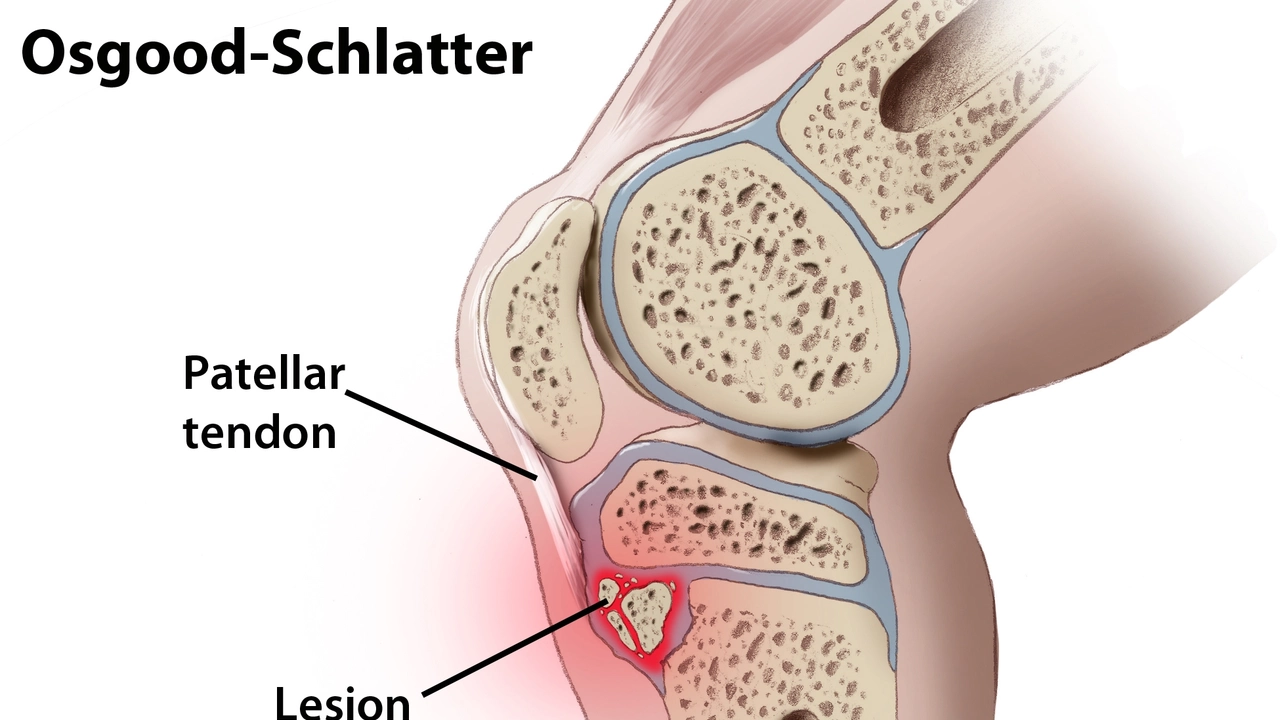Understanding Osteodystrophy
Osteodystrophy is a condition that affects your bones, making them weak, brittle, and more susceptible to fractures. It’s often associated with chronic kidney disease, as the kidneys play a vital role in maintaining bone health. When your kidneys can't filter excess phosphorus from your blood, it can lead to an imbalance of calcium and phosphorus in your body. This imbalance can trigger various complications, including osteodystrophy. Understanding this condition is the first step towards its early detection and prevention.
The Importance of Early Detection
Early detection of osteodystrophy can make a significant difference in the management of the condition. It can help prevent complications such as bone fractures and deformities. More importantly, early detection can lead to prompt treatment, thereby improving your overall quality of life. Today, various diagnostic tests can help detect osteodystrophy at an early stage. These include blood tests, bone density tests, and X-rays.
Understanding the Symptoms of Osteodystrophy
Knowing the symptoms of osteodystrophy can aid in its early detection. The symptoms often vary depending on the severity of the condition. In the early stages, you may not experience any symptoms. However, as the condition progresses, you may start to experience symptoms such as bone pain, muscle weakness, and skeletal deformities. Some people may also experience fractures even from minor falls or injuries. It's important to consult a doctor if you experience any of these symptoms.
Prevention Measures for Osteodystrophy
Just like any other health condition, prevention is better than cure when it comes to osteodystrophy. There are several measures you can take to prevent this condition. One of the most effective ways is managing your diet. Consuming a balanced diet rich in calcium and vitamin D can help maintain healthy bones. Regular exercise is also beneficial as it helps increase bone density. More importantly, if you have chronic kidney disease, it's crucial to manage your condition as it can help prevent osteodystrophy.
Effective Treatment Options
While osteodystrophy is a serious condition, it’s not untreatable. There are various effective treatment options available today. These include medication, dietary changes, and in severe cases, surgery. Medications can help control the levels of phosphorus, calcium, and parathyroid hormone in your body. Dietary changes can also help manage these levels. In severe cases, surgery may be necessary to treat fractures and deformities. It's important to consult a doctor for the best treatment option for you.
The Role of Regular Check-ups
Regular check-ups play a crucial role in the early detection and prevention of osteodystrophy. These check-ups can help monitor your bone health and detect any potential issues at an early stage. They can also provide an opportunity for your doctor to review your treatment plan and make any necessary adjustments. Remember, your health is your greatest wealth. So, take the time to go for regular check-ups to ensure your bones are healthy and strong.


Abhinav Moudgil
Osteodystrophy may appear silent, yet its impact on skeletal integrity can be profound.
Early identification transforms a looming crisis into a manageable condition.
By integrating routine blood panels with periodic bone density scans, clinicians can spot subtle biochemical shifts before structural damage ensues.
This proactive stance empowers patients to adjust dietary calcium and phosphorus intake under professional guidance.
Moreover, collaborating with nephrologists ensures that underlying kidney dysfunction receives appropriate treatment, mitigating the cascade that fuels bone demineralization.
Regular parathyroid hormone monitoring adds another layer of precision to the therapeutic regimen.
Patients who adhere to these early‑detection protocols often report improved mobility and reduced fracture incidence.
The psychological benefit of knowing one's bone health status cannot be overstated; confidence rises when a clear plan is in place.
Lifestyle modifications, such as weight‑bearing exercise, complement medical interventions by stimulating osteoblastic activity.
Vitamin D optimization, whether through sunlight exposure or supplementation, further fortifies the mineralization process.
It is essential to communicate these strategies with empathy, avoiding jargon that may alienate the layperson.
Educational workshops hosted by community health centers can disseminate this knowledge beyond the clinic walls.
In addition, telemedicine platforms now allow remote monitoring of key biomarkers, widening access for patients in underserved regions.
The cumulative effect of these measures is a substantial reduction in osteodystrophy‑related morbidity.
Ultimately, vigilance and interdisciplinary collaboration constitute the cornerstone of successful prevention.
Let us champion early detection as a public health priority, for stronger bones and brighter futures.